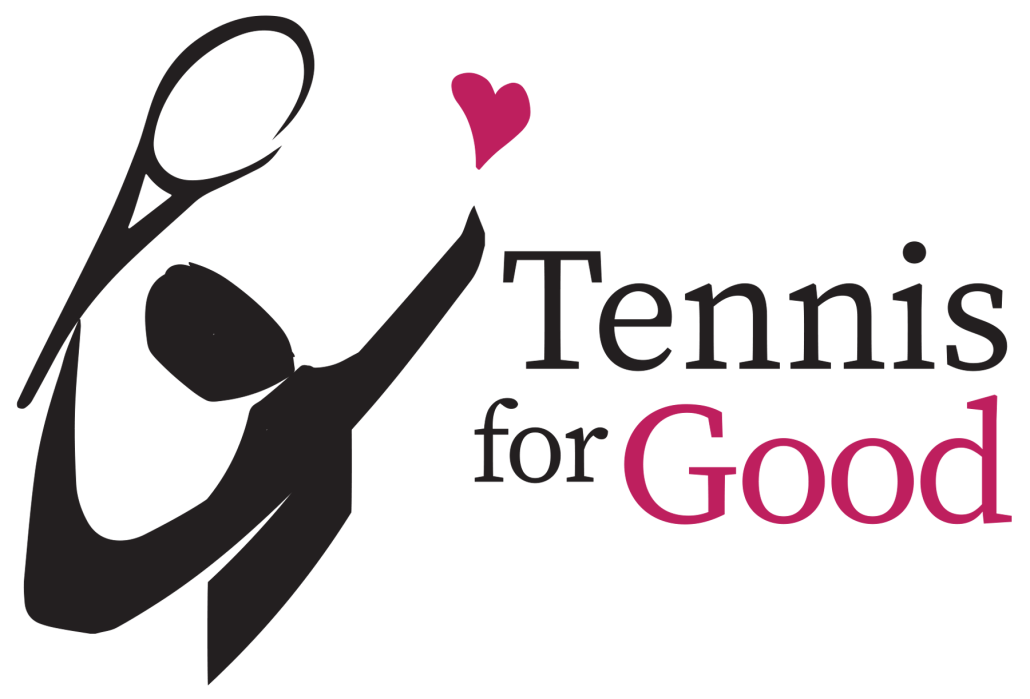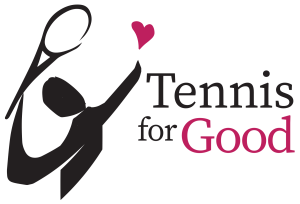TODAY’S MEDITATION: DOWN FROM THE PEANUT GALLERY
 As more than one tennis great has noted, the game is played one point at a time. It’s a house that’s built stick by stick, stud by stud, nail by nail. And yet we all have an impulse — a compulsion, really — to come up with overarching narratives that tell us along the way how we’re doing and how the story will come out. Why a ‘compulsion?’ Because this is what we humans do — we make meaning — we script stories. It’s in our nature to be split — we’re both the performer in the arena and the color commentator high up in the peanut gallery.
As more than one tennis great has noted, the game is played one point at a time. It’s a house that’s built stick by stick, stud by stud, nail by nail. And yet we all have an impulse — a compulsion, really — to come up with overarching narratives that tell us along the way how we’re doing and how the story will come out. Why a ‘compulsion?’ Because this is what we humans do — we make meaning — we script stories. It’s in our nature to be split — we’re both the performer in the arena and the color commentator high up in the peanut gallery.
These narratives can be congratulatory, critical or a combination of the two. “Damn, I’m good today!” can get in the way as much as “I can’t do anything right today.” Down one way lies showing off, phoning it in, and a host of other maladies — down the other path lies hopelessness and phoning it in, so to speak, from the other side of the fence.
Stories can be about performance (“I suck!”) and they can also be predictive (“There’s no way I can win!”). Both types of story undercut our ability to play our best. Whatever the particulars, our challenge is to climb down from the seats and be all-in on the action, down on the competitive floor. This is immensely difficult to do. Even the best players lose hope and faith — it’s only natural for a person’s spirit to be broken when they’re on the wrong side of a beatdown. But the challenge goes deeper than that. Our storytelling brains refuse to turn off — it’s got a job to do and it’s such a conscientious employee that it insists on doing so even while we sleep.
Story-cide isn’t the solution here. You can’t kill stories that don’t serve you — they’re like vampires — they refuse to die. The trick, instead, is to build a better story that doesn’t get in our way as much — or, even better, works in our favor — and to replace that bad boy with the more useful new one.
The process starts, of course, with noting that you’re imprisoned by a story. There’s no getting out of jail if you don’t notice that you’re in one.
From that moment on, the solution is tactical. Problematic stories emerge from an upmountain view in this sense: They stitch together performance over time. It takes a handful of bad shots (or a sequence of good shots by the opponent) for a person to get down on themself. The answer? Well, imagine a TV game show: “Hey, Competitor! Yeah, you! C’mon down from the peanut gallery!”
In other words: Create a new story that has at its heart this one message: Play it one point at a time.
I did this during a recent tournament match, and while it didn’t get me a win, it did a great job of helping me focus better. Here’s the instruction I gave myself before I went out onto the court: “Before every point begins, tell yourself this: Here is another opportunity to pursue excellence.”
This self-talk helped in multiple ways:
- It neutralized any past poor play. It closed the door on how I’d done till then and launched me on a new beginning.
- It focused me on the Now — on the next shot, the next point, the next moment.
- It got me steering toward the light — every moment became a clearing in which I might achieve peak performance … excellence!
- It fundamentally transformed the nature of the match experience. Instead of “you gotta win!,” it became, “You’re getting a hundred or more opportunities to achieve excellence!”
Remembering to replace a bad story with a better one is a very practical-psychology approach to subduing counter-productive narratives. There are other other ways to work on the problem, for instance, like depth psychology, which can translate into years of therapy. If you’re not inclined in that direction, the notion of mental rewrites on the fly provides a viable alternative: Tell yourself stories that drag you down from the peanut gallery and fully into the next point.
You could even say that that’s the point of tennis points — to immerse you in the here-and-now.
When you compete — hell, when you live! — do you get stuck inside stories that don’t serve you? How do you manage those voices in your head?


Leave a Reply
Want to join the discussion?Feel free to contribute!